Green reading starts even before you get on the green.
Or rather, you can think that it is 90% decided before you even get on the green.
Most amateur golfers start reading the green by getting behind the ball once it is on the green.
Some of them may even adopt a method like Aim Point.
However, 90% of your green reading should be done before you get on the green, at the time of your second shot.
Once you are on the green, you only need to make minor adjustments.
By the way, it is almost useless to check the slope of the greens on the course’s website in advance.
It is extremely difficult to remember the slope of the greens for all 18 holes.
First, let’s start with the basic green reading.
Basically, greens are designed to be higher at the back and lower at the front.
Of course, there are exceptions, but the basic design is high in the back and low in the front.
So, if the pin is standing in the center of the green, according to the laws of physics, it will roll as follows.
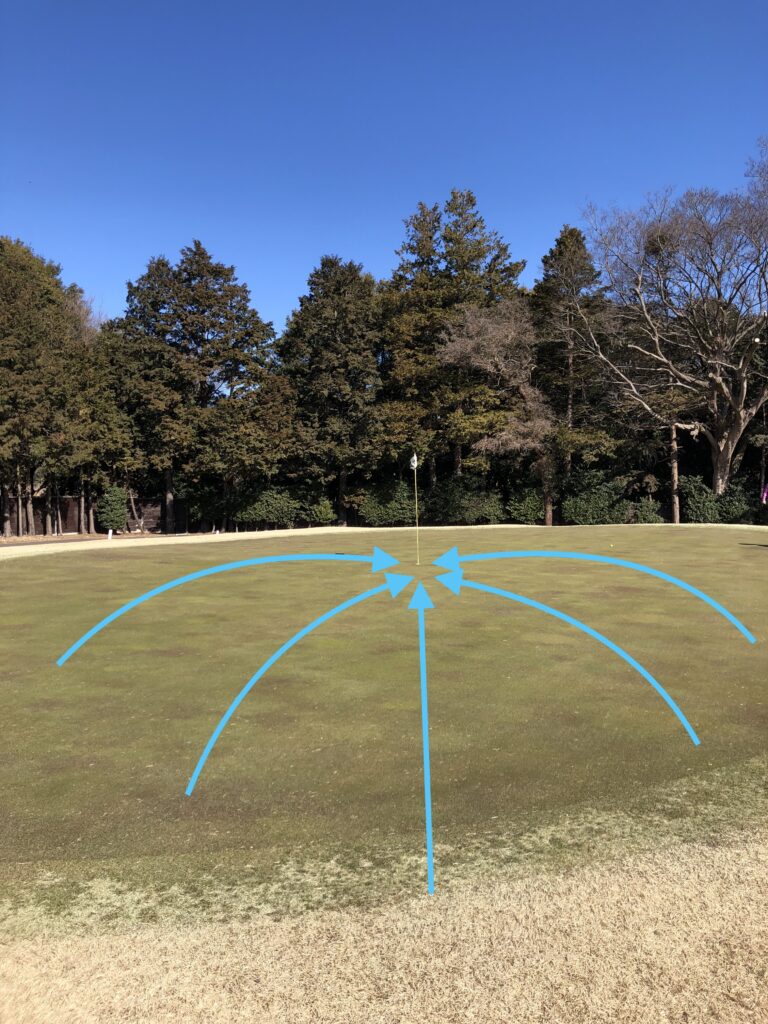
Falling to the right of the pin will leave a line that bends to the left, while falling to the left will leave a line that bends to the right.
The line right next to the pin has the largest bend.
This is the basic mecanism.
If it is a normal green, you should be able to visualize the line before you get on the green.
All you have to do is to make some adjustments on the green.
For simplicity, keep in mind that if you are on the right side of the pin, the ball will turn to the left, and if you are on the left side, it will turn to the right.
However, you will need to make some adjustments depending on the hole.
An example of the green on the first hole at the Odakyu Fujisawa Golf Club.
The fall spot is slightly off center. This area.
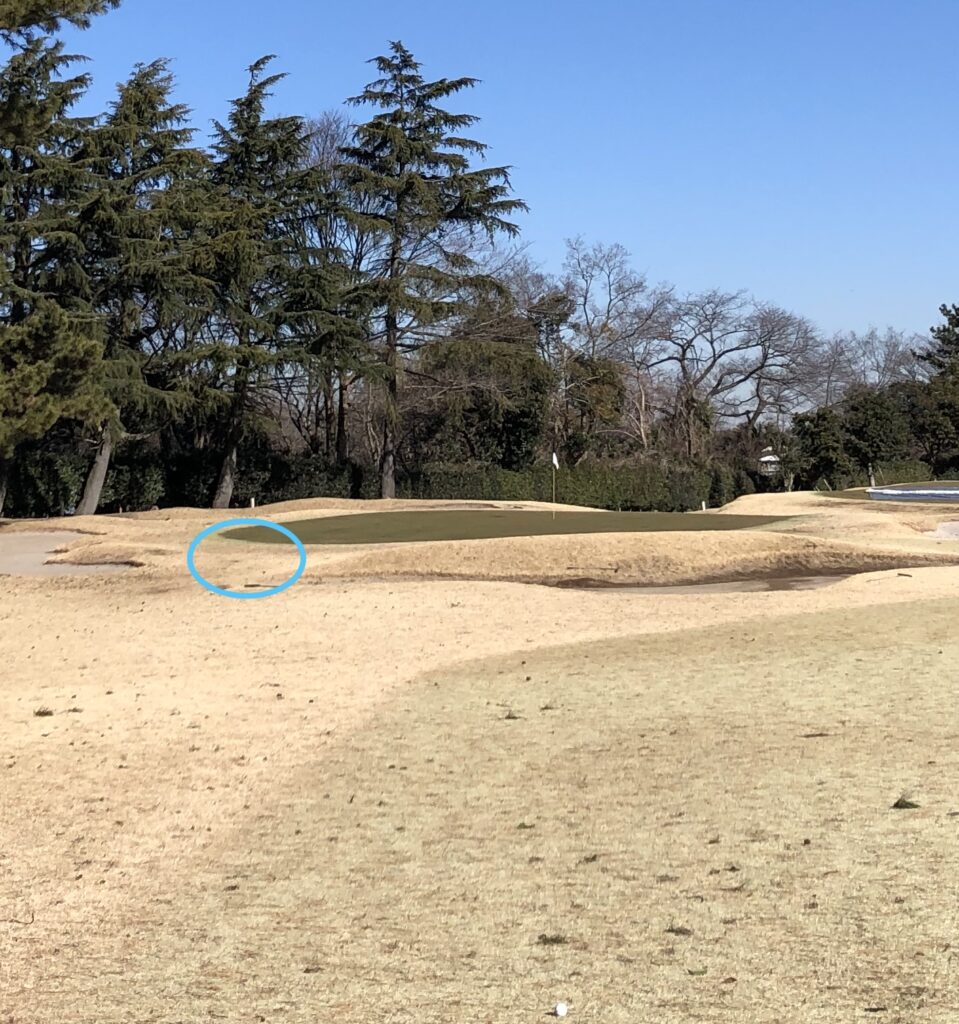
This is the lowest point, so this is what the line looks like.
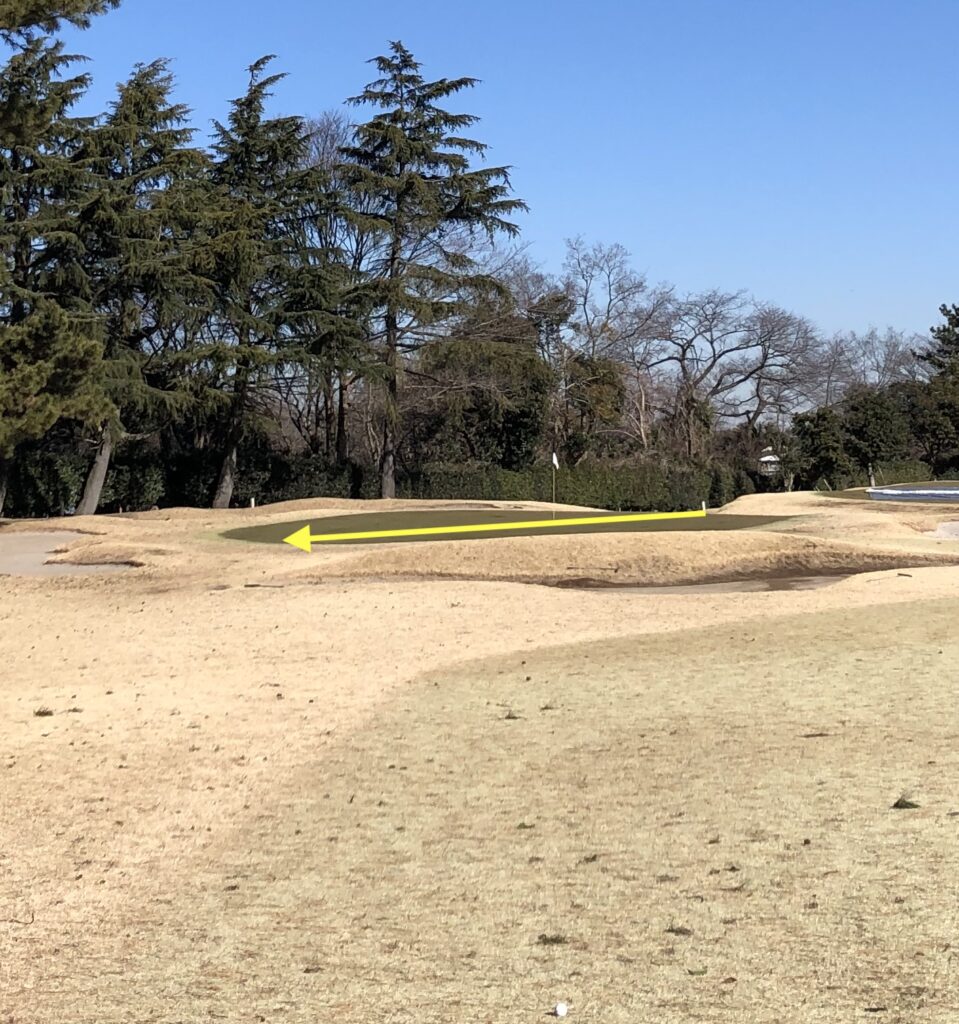
If the ball is to the right of the line, it will turn left; if it is to the left, it will turn right.
This is what you need to know on the second shot.
After that, all you have to do is stroke the ball with the fall line in mind and adjust the bend on the green.
First of all, it is important to read the slope from a larger perspective.
I think it’s the same in business.
I’ve often seen managers who get bogged down in the topic of small issues, but the chances of that working are 50:50.
This is because they are not looking at the “bird view”.
If you look at it from a big picture perspective, you should be able to analyze A:B=70:30 and so on, given the options A and B.
Invest in the 70th option, and fill in the remaining 30% with detailed measures.
Many managers are not able to do this.
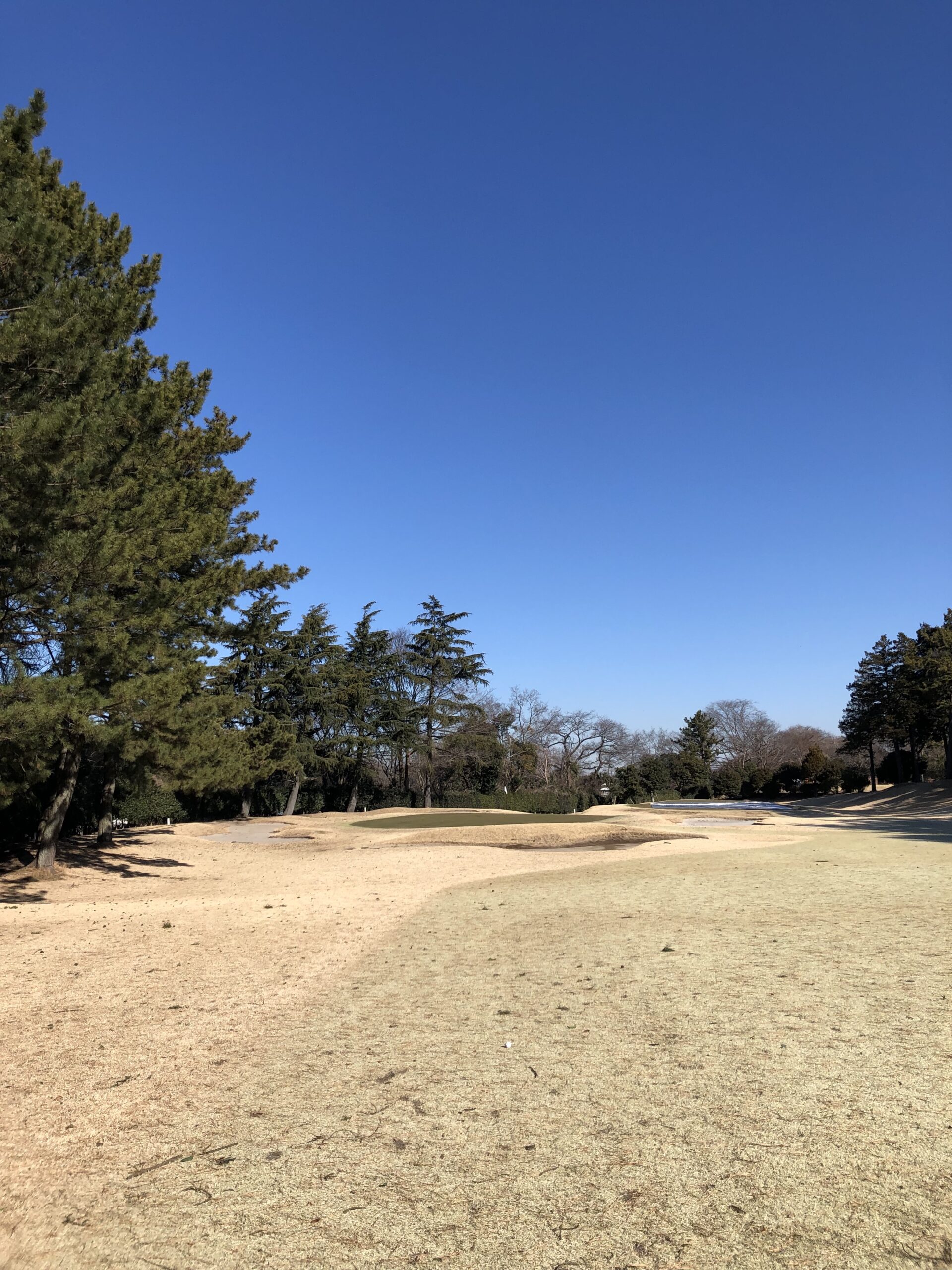
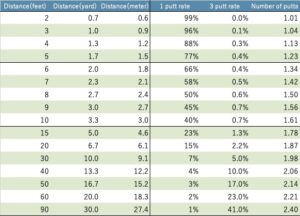
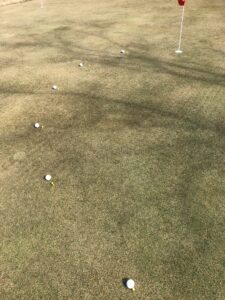
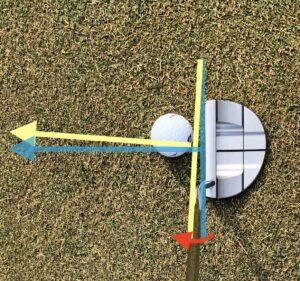
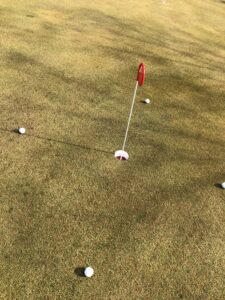

Comments